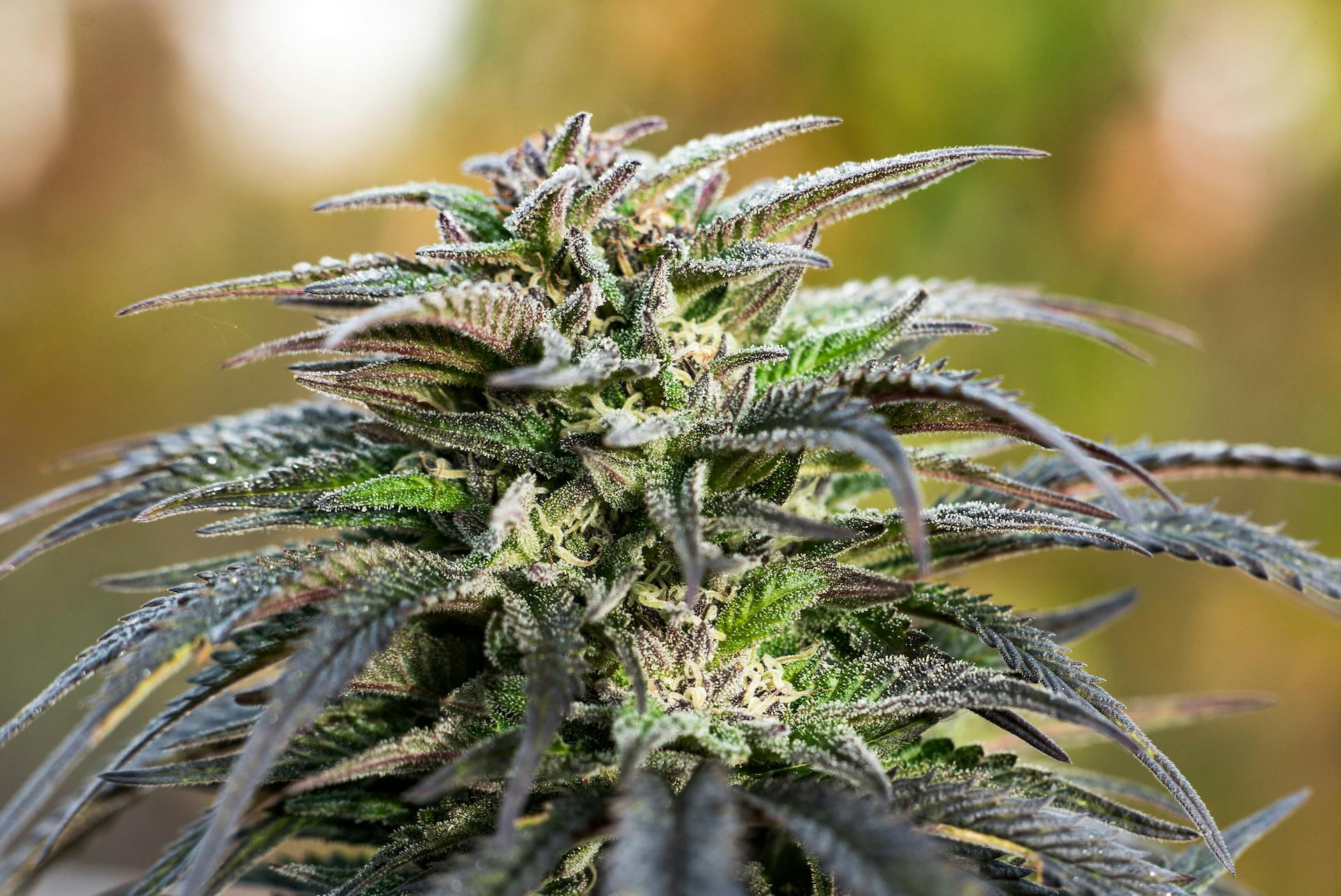Hemp is an industrial form of cannabis that produces seeds and stalks that can then be used to make a long list of products. But unlike consumable cannabis which is harvested for its resinous, cannabinoid-packed flowers, the target yield for industrial hemp is seeds and straw (plant stalks/leaves). As such, these two types of cannabis are grown using completely different methods.
The Benefits of Hemp as an Industrial Crop
Industrial hemp plants grow vigorously, with long, lanky stalks and deep tap roots. Different varieties of hemp may produce a varying quantity seeds or fiber, and they may also differ in oil composition. Hemp is typically ready to harvest in four months, and per acre it produces four times as much paper as trees, which take many years to reach maturity for harvest.
The list of benefits associated with hemp production is extensive. Some examples include:
- Dense growth leaves little room for competing weeds
- Highly pest-resistant
- Deep tap roots help to protect soil
- Easier to farm organically than most other fibrous crops
How to Grow Industrial Hemp
Select the Proper Genetics
Industrial hemp is a valuable agricultural crop that can be harvested for both its seeds and its stalks. Depending on which of these parts you’re harvesting, you’ll want to take genetics into consideration. Are you hoping to use the oils, seeds, or the stalks? When buying hemp seeds, look for those that have been bred to maximize the plant part that interests you most.
Grow in the Right Climate
Industrial hemp is an agricultural crop that can thrive in many environments. Its deep tap roots can find water sequestered in the ground, but for a healthy hemp crop, it will need additional water via rainfall or watering.
The soil quality should lean on the alkaline side. A pH level above 6 is necessary, but a reading between 7 to 7.5 is ideal. Even if healthy soil is impossible to provide, hemp plants often find a way to manage regardless. Season after season, hemp roots will aerate the soil to improve its quality.
Finally, industrial hemp should not be grown indoors. This plant is meant to be grown on a large scale for low costs, and by growing inside, your costs will far exceed the monetary value of your yield.
Grow Dense
Because the end game is different from regular cannabis, prepare to change the way you go about growing the plant. Grow dense by planting seeds close to each other. A healthy hemp field should consist of hundreds to thousands of hemp plants that are each comprised of one single stalk. While a cannabis farm might look like an apple orchard, an industrial hemp field will look like a corn or wheat field.
Shop highly rated dispensaries near you
Showing you dispensaries nearCommon Uses for Industrial Hemp
One of the most compelling arguments for industrial hemp is the laundry list of products it can provide. Between the stalks and the seeds, you will find there are dozens of directions you can take industrial hemp.
Hemp Stalks
Hemp stalks are harvested for their fiber, which is used to produce a wide range of textile materials such as newspapers and packing materials. The woodier portions of hemp stalks can produce a building material known as hempcrete. Hempcrete is a carbon-negative product that can be used to replace insulation, drywall, and cement in building projects. It is a nontoxic, lightweight, durable, mold/fire-resistant, sustainable, high-quality insulator composed of hemp hurds (the center of the hemp stalk), ground limestone, and water.
Seeds
The seeds are commonly used for nutrient-dense hemp nut and hemp oil. Foods like bread, granola, milk, ice cream, and protein powder can be produced for consumption using the hemp nut. Hemp oil can help produce cooking oils, salad dressings, essential fatty acid supplements, cosmetic products, and industrial oil-based products. It’s also been explored as a biofuel diesel alternative.
For thousands of years, hemp was used around the world, and when cannabis became illegal, hemp suffered heavily as a result. We can only hope that as cannabis laws loosen, so will those around this sustainable crop.






